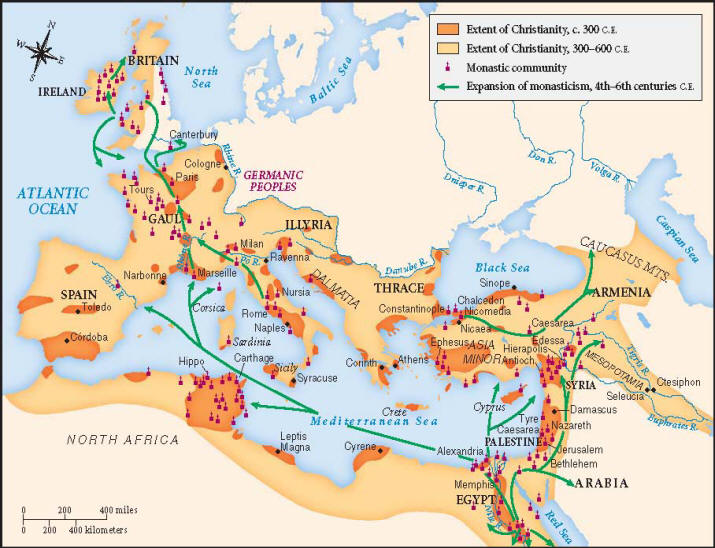The Ancient Church of the East stands as a remarkable testament to the rich tapestry of early Christianity. Emerging shortly after the death of Christ, this denomination, also known as the Nestorian Church, offers profound insights into the Christian experience, particularly in the context of its theological evolution, geographical dissemination, and cultural contributions.
To grasp the full scope of the Ancient Church of the East, one must delve into its historical genesis. Rooted in the early Christian communities of the Near East, the Church took firm hold in regions now identified as modern-day Iraq, Iran, and parts of Turkey. This geographical foundation fostered an environment ripe for theological discourse and cultural exchange. By the 5th century, the Church had begun to flourish, establishing a foothold in Persia and inviting a plethora of ideas and doctrines that would shape its unique identity.
At the heart of the Ancient Church’s theological framework lies the Christological persuasions of Nestorius, its most revered patriarch. His assertions regarding the dual nature of Christ — fully divine and fully human — stirred considerable controversy within the broader Christian community. This led to the Council of Ephesus in 431 AD, where Nestorius’s views were ultimately condemned. However, rather than diminishing its influence, this strand of theological exploration invigorated the Church, prompting scholars and theologians within its fold to further develop its Christological perspectives.
The spread of the Ancient Church of the East over vast distances is a testament to its missionaries’ unwavering zeal. From its base in the Near East, the Church expanded into Central Asia, embracing regions such as China and India. Nestorian missionaries traveled great distances, establishing vibrant communities where the central tenets of Christianity were upheld. The Church’s ability to traverse physical and cultural barriers highlights its resilience and adaptability in the face of adversity.
One of the most striking aspects of the Ancient Church of the East is its unique liturgical practices. Evolving from ancient Jewish traditions, these rituals and ceremonies borrowed various elements from local cultures, providing a rich tapestry of worship that resonated within diverse contexts. The Divine Liturgy of the Ancient Church employs a distinct Syriac language, reflecting its roots and enhancing the spiritual experience for adherents. Moreover, the Church celebrates feasts and fasts that are deeply interwoven with various historical events and cultural touchpoints, further enriching its liturgical calendar.
Culturally, the Ancient Church has significantly contributed to Christian thought, particularly through its prolific translations of key theological texts. The translation of the Bible into Syriac not only made the scriptures accessible to a wider audience but also preserved numerous theological writings of early Church Fathers. This endeavor laid the groundwork for subsequent theological discourse, fostering a tradition of scholarship still evident in certain modern academic circles.
In examining the ecclesiastical structure of the Ancient Church of the East, one finds a hierarchical yet decentralized system. Local bishops often wielded substantial authority, fostering a sense of autonomy within their respective dioceses. This structure reflected the Church’s adaptability to local customs and governance, allowing it to thrive under varying political regimes across centuries. The relationship between the hierarchy and the laity underscored a foundational aspect of the Church — the shared responsibility for the propagation of faith and the maintenance of community.
The Ancient Church’s legacy is not without its trials and tribulations. Over the centuries, it faced protracted periods of persecution, particularly during the rise of Islam and subsequent political upheavals. This adversity, however, did not extinguish the Church’s spirit; instead, it galvanized the remaining followers to uphold their convictions amidst adversity. Despite the challenges, including the fragmentation of communities and the diaspora resulting from conflict and migration, remnants of the Ancient Church persist today, notably within Iraqi and diasporic communities throughout the world.
In contemporary times, the Ancient Church of the East has experienced a revival of interest, particularly among scholars and historians endeavoring to piece together its extensive history. As the discourse surrounding early Christianity expands, there remains a growing recognition of the significant role that the Ancient Church played in shaping the wider Christian narrative. Its theological contributions, liturgical distinctiveness, and cultural legacies call for a reevaluation of established narratives about Christian origins, emphasizing that multiple expressions of faith were present in the formative years of Christianity.
Furthermore, the Ancient Church of the East continues to foster inter-religious dialogue, exemplifying an ongoing commitment to building bridges across cultural divides. By embracing its historical context, the Church not only honors its forebears but also acts as a conduit for fostering understanding among diverse faith traditions today.
Ultimately, the Ancient Church of the East presents a complex yet illuminating perspective on early Christianity. Its multifaceted legacy underscores the dynamic interplay between faith and culture, challenging contemporary Christianity to reflect on its own historical journey and future trajectories. The resilience of this ancient tradition testifies to a faith that transcends mere survival; it seeks to thrive, adapt, and enrich the larger Christian narrative through its enduring contributions.



